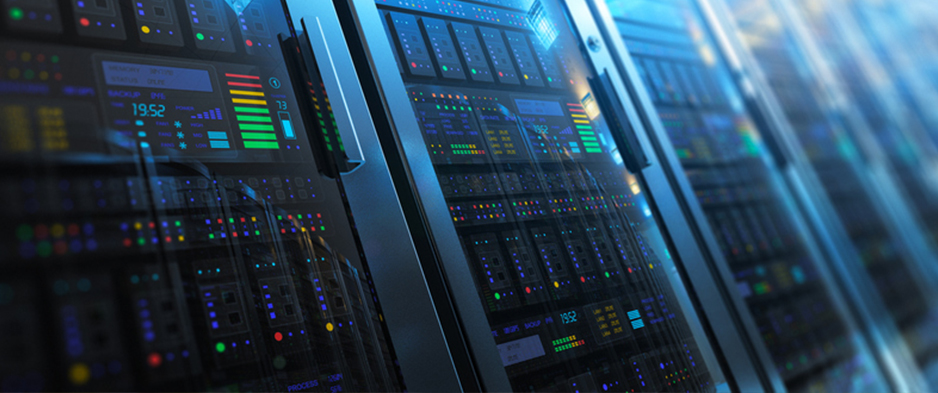The transition from the field to the Cloud in industry has transformed the way we collect, process and share data within the production system. Principles such as connectivity and IIoT, in fact, have been the foundation for Industry 4.0. In order to obtain concrete benefits, we need smart solutions designed to exploit the potential of the Cloud. Solutions like ESA’s.
From the field to the cloud in industry: main advantages
Cloud computing has been playing a major role in Industry 4.0. Driving digital transformation, it has given companies the opportunity to abandon manual processes and restructure their systems more efficiently and functionally.
Both Cloud and company digitalization offer several advantages. In particular:
- Greater flexibility – Cloud computing promotes plant scalability and flexibility. For example, operators can easily access production data from different devices.
- Cost efficiency – the Cloud is more competitive from an economic point of view. Starting with the absence of hardware costs.
- Optimized maintenance – With optimized data storage and management systems, devices can communicate better and faster with each other. In case of malfunctioning and errors, this gives the possibility to intervene before the problem occurs, avoiding downtime.
ESA and its Cloud solutions for industry
ESA has designed several solutions based on Cloud computing and IoT. A good example is our Everyware remote assistance platform which enables remote access to all devices connected to the system. This makes it possible to control, manage and intervene in a more timely and immediate way. As a result, Everyware reduces downtime and maintenance costs.
Cloud and efficiency are the name of the game also with our Energyaware software for remote monitoring and control of energy consumption. It is an integrated system for networks of smart meters and other Esaware devices, which using Cloud technology allows you to collect, historicize and share very important consumption data. This allows the company to have greater transparency and to identify any current peaks or malfunctions.

